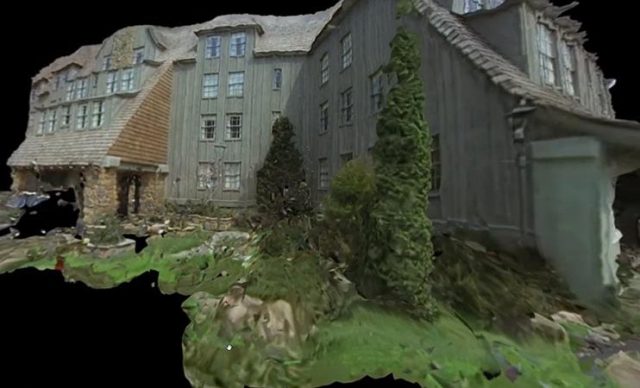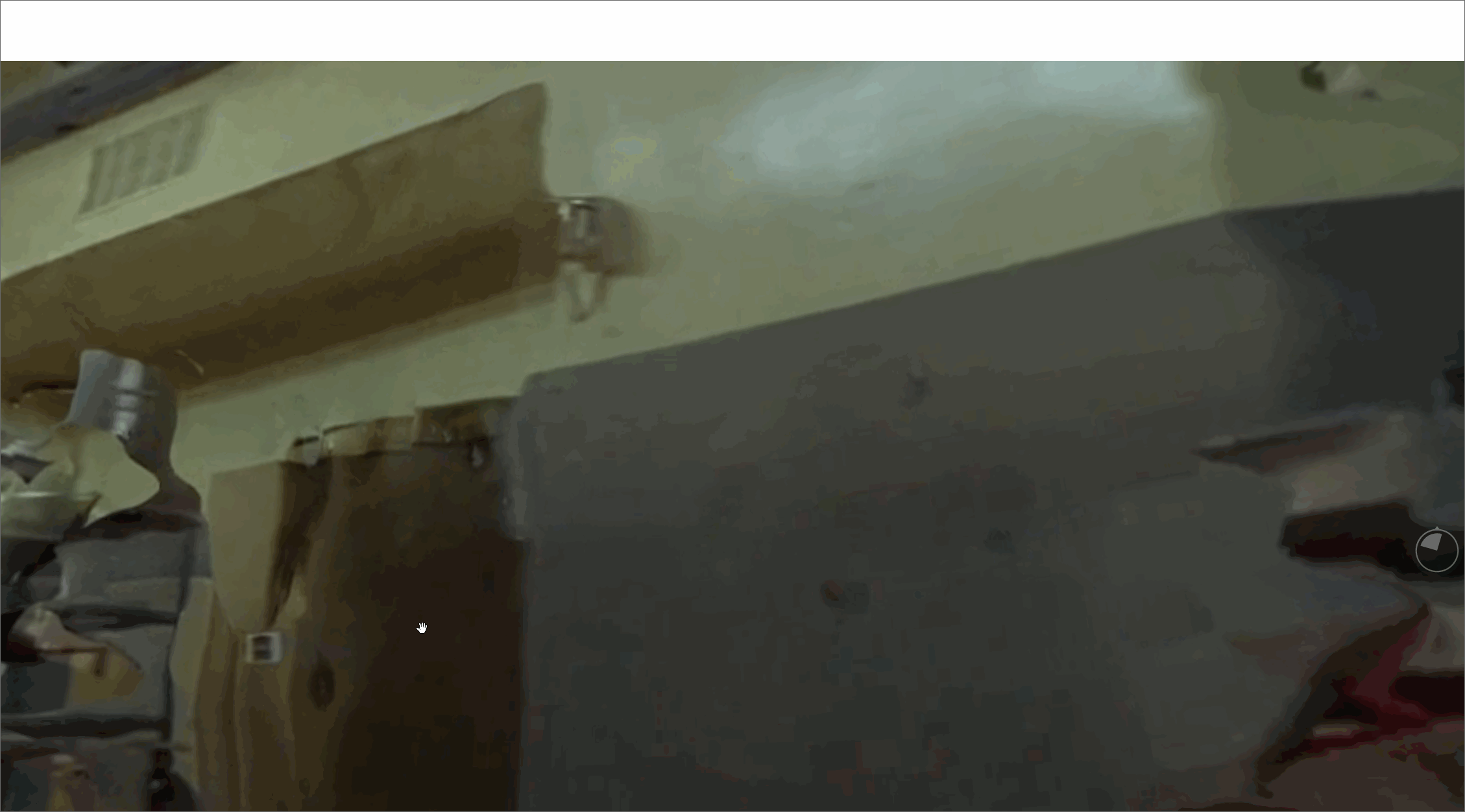

Claire Hentschker, a former CMU art student, makes a lot of work with photogrammetry. A couple years ago she used this method to reconstruct a 360 video version of the house from Kubrick’s The Shining. She took depth data from 30 minutes worth of frames and stitched them together, creating an interactive exploration of the scenes in the movie (either in video or VR form). The path through which the user is taken is the same as that of the camera in the movie, but the user is free to look around in any direction. The black space indicates there was no documentation of that area in the original footage.
This project is interesting to me because it made me realize that photogrammetry is kind of like the reversal of photography. Taking a photo flattens kinetic, 3D reality into static 2D, while using photogrammetry on a 2D photo projects it into an interactive 3D space. The two allow the user to jump back and forth between dimensions. I’m curious to know what would happen if one completed many cycles of taking screenshots of a photogrammetry VR environment to then pass them through a photogrammetry software, creating another VR environment.